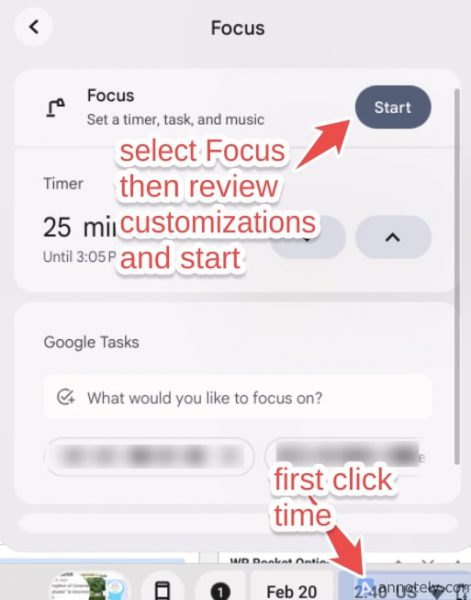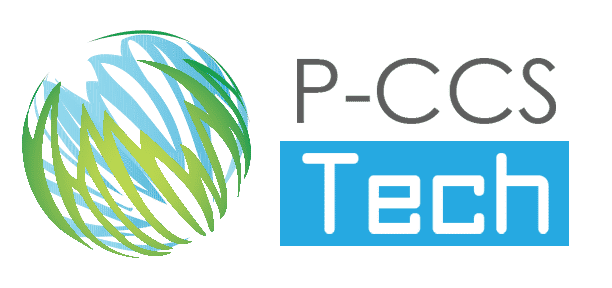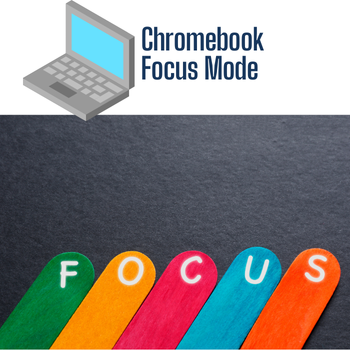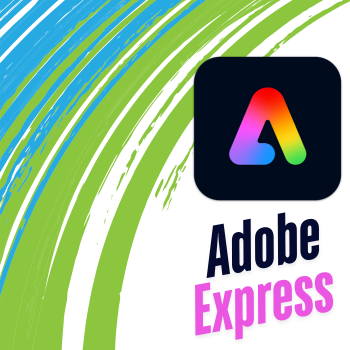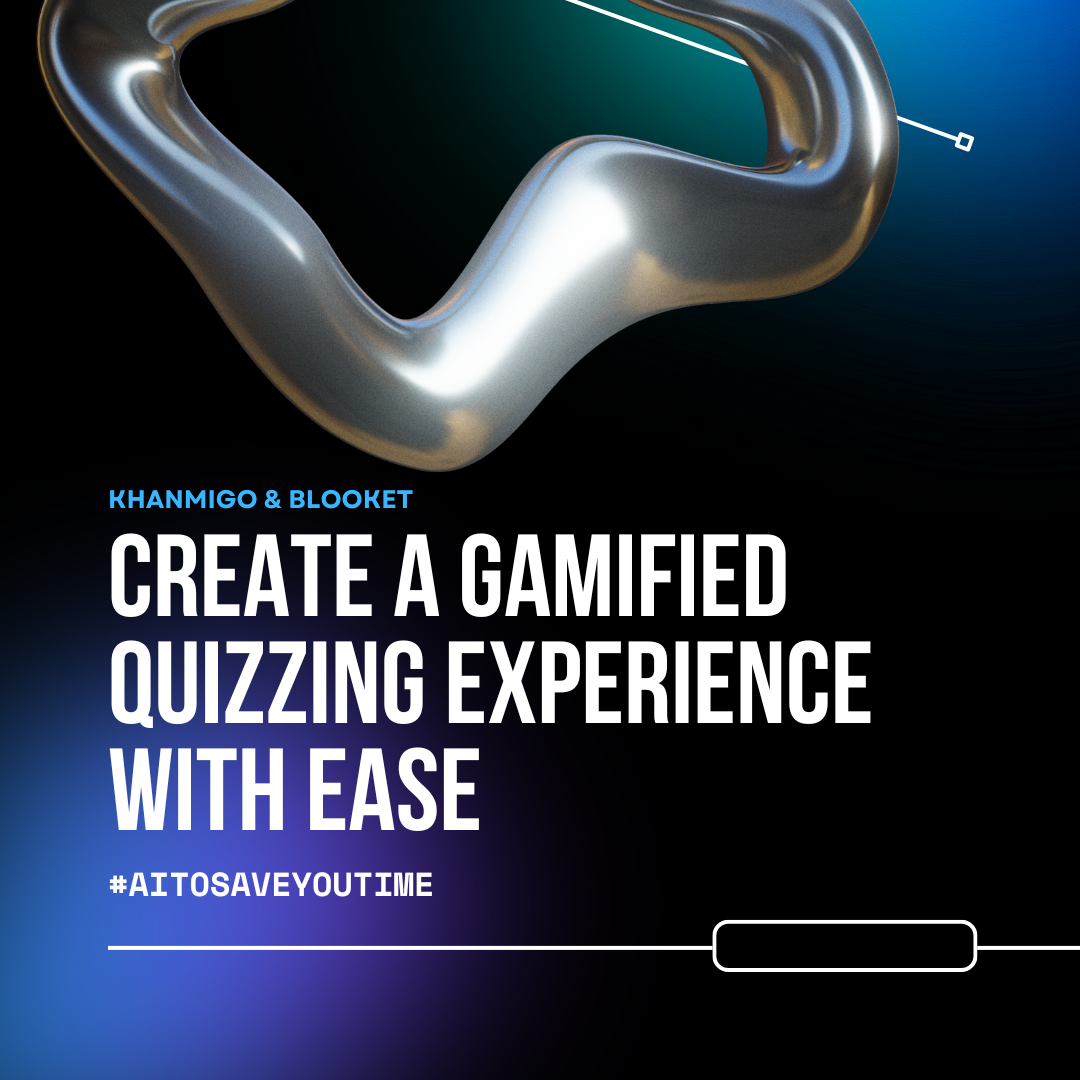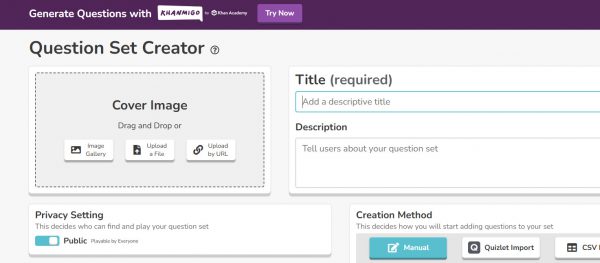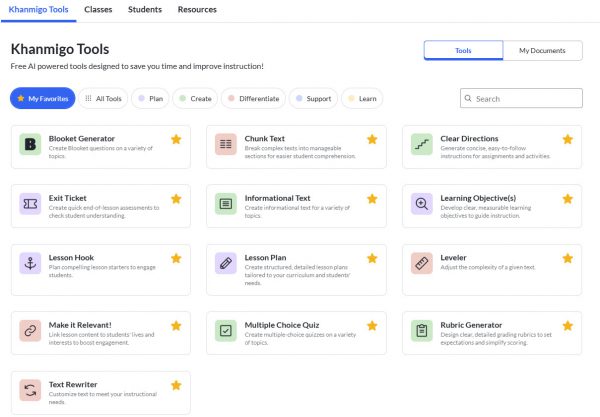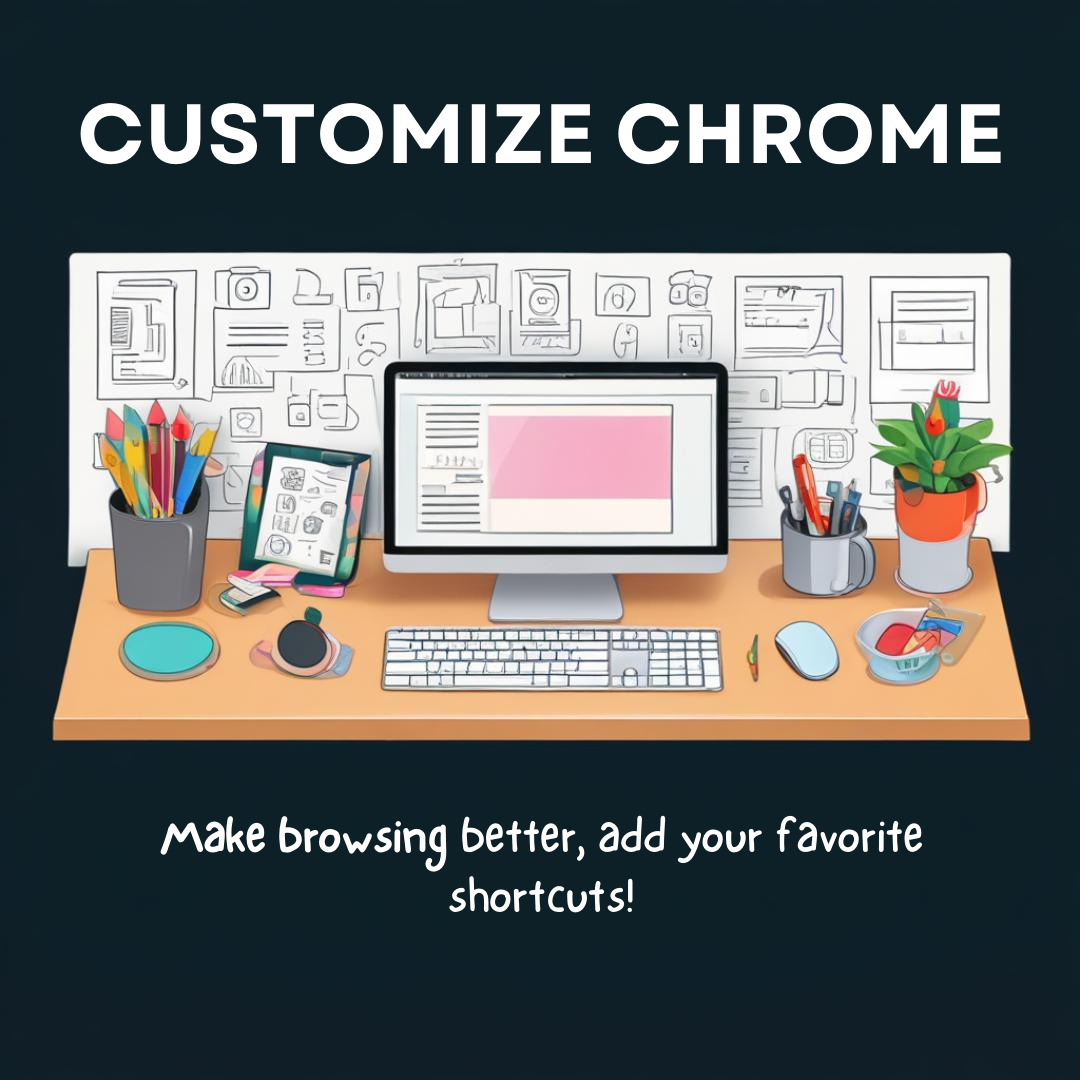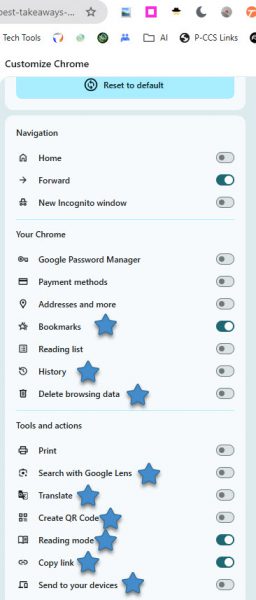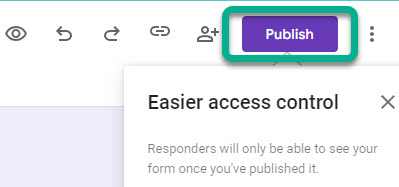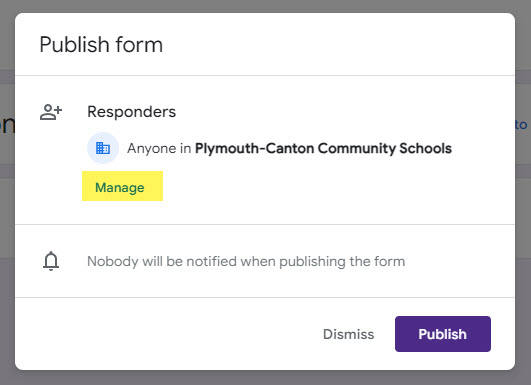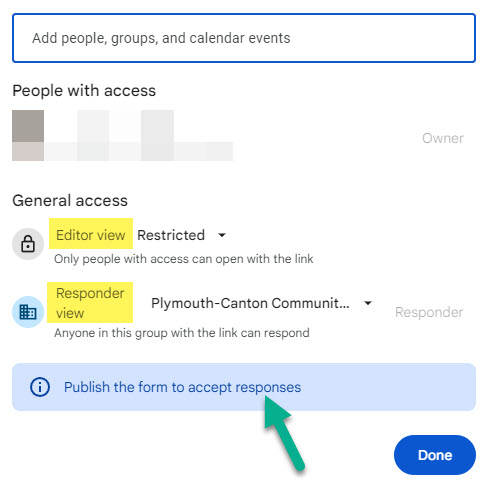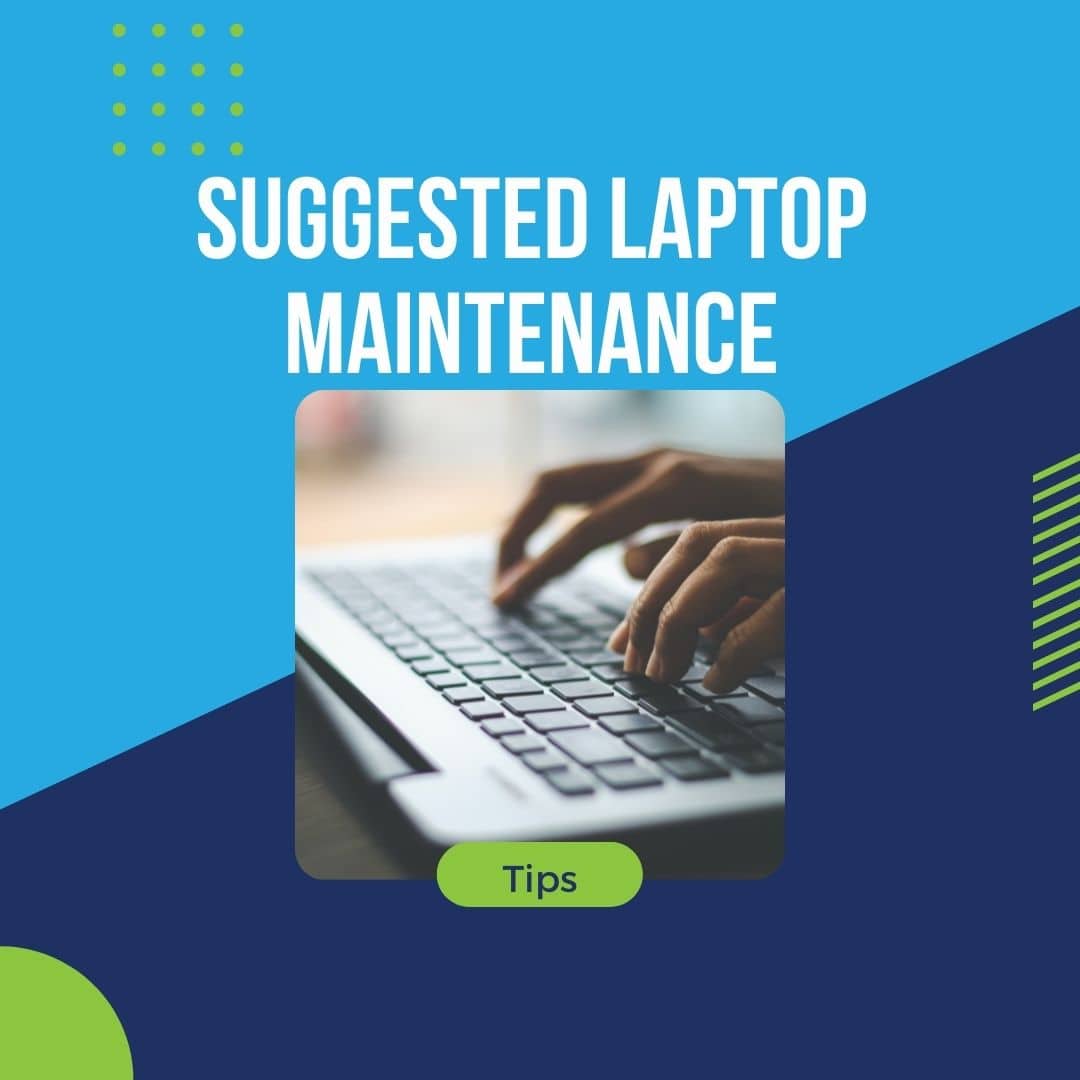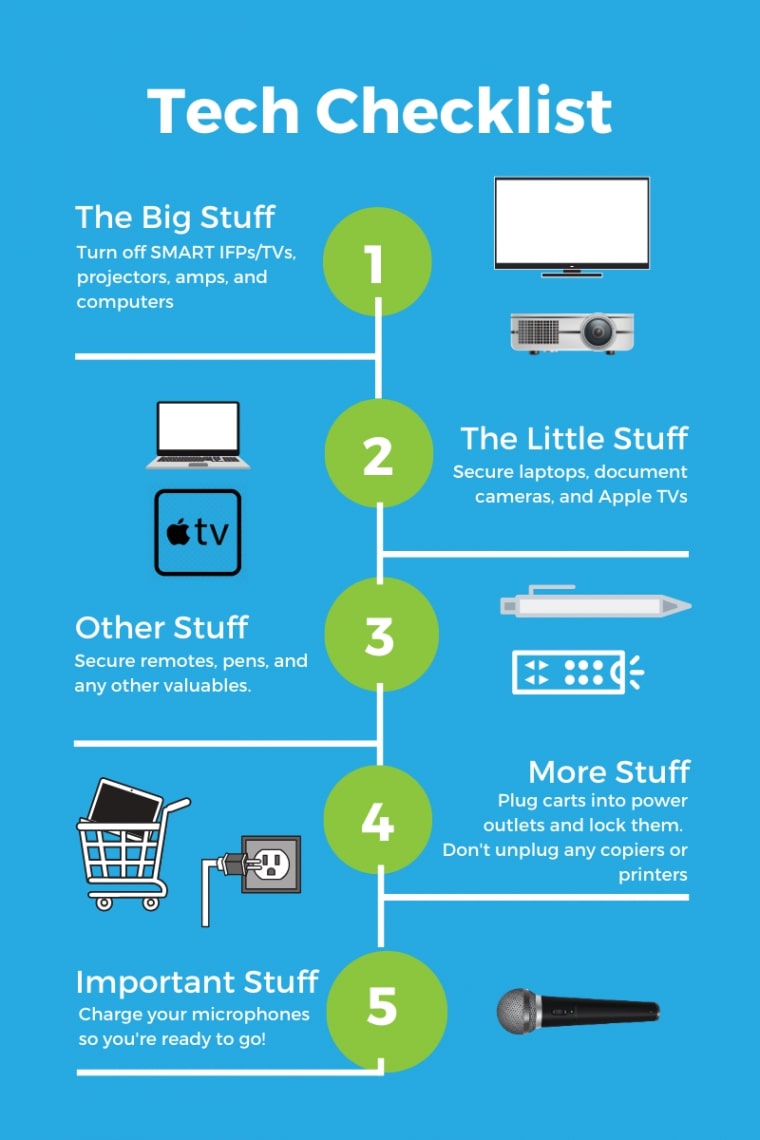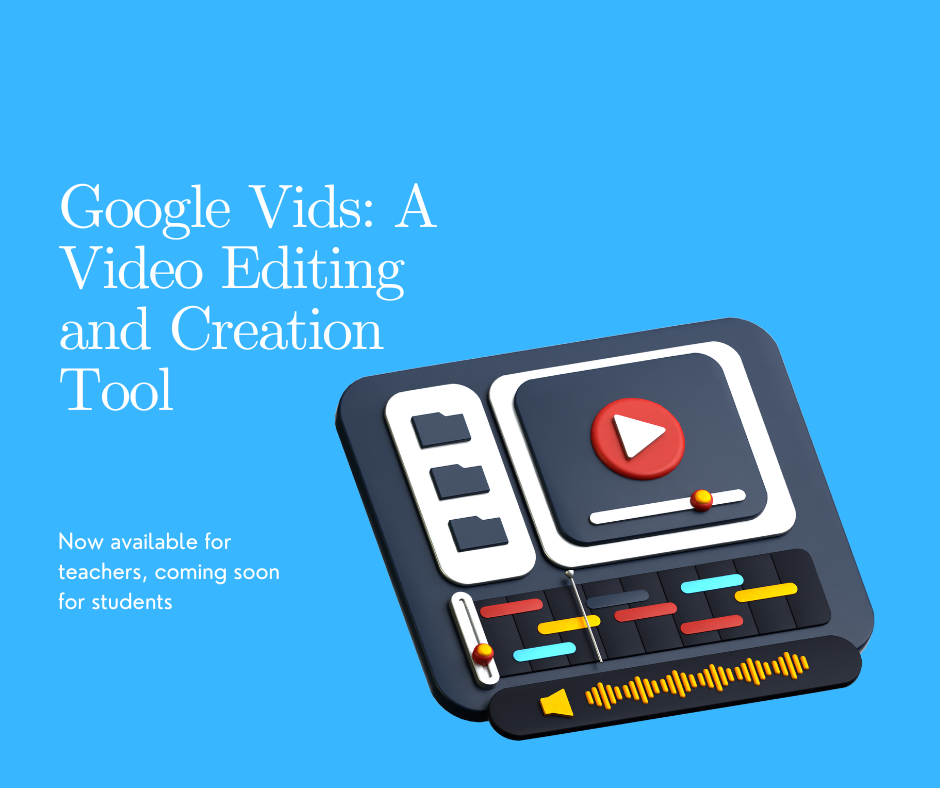Distractions are a major challenge for students. Chromebook’s built-in Focus mode can help. This simple tool minimizes interruptions, creating a dedicated work environment.
What Focus Mode Does:
- Sets a timer for focused work.
- Silences notifications.
- Integrates with Google Tasks (optional).
- Offers calming sounds (optional).
How Students Can Use It:
- Study Sessions: Block out distractions during homework or test prep.
- Writing Time: Concentrate on essays or creative writing.
- Project Work: Deep dive into research or project development.
- Reading: Focus on comprehension without interruptions.
Tips for Teachers:
- Demonstrate: Show students how to access and use Focus mode.
- Encourage Regular Use: Suggest incorporating Focus mode into daily routines.
- Discuss Benefits: Talk about the positive impact of focused work on learning.
Focus mode is a simple yet powerful tool to help students develop concentration skills and improve their academic performance. Encourage your students to give it a try! Here’s a guide from Google on how to activate it. https://support.google.com/chromebook/answer/15642977?hl=en
